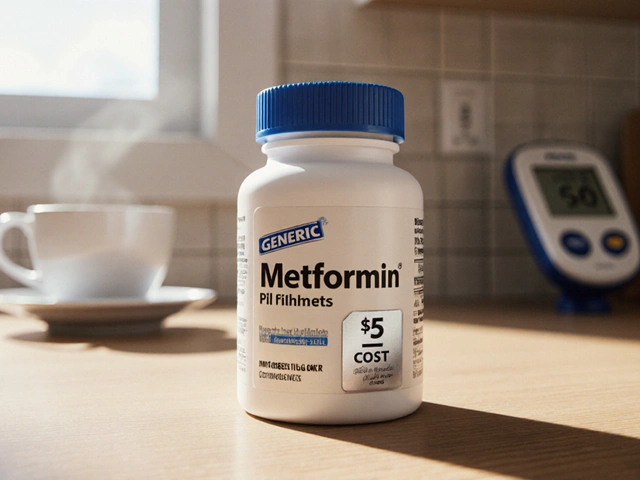Protozoal infection medicine: what works and what to watch for
Protozoal infections cover a lot of ground — from common gut bugs like giardia and amoeba to serious illnesses like malaria and leishmaniasis. The good news: many of these infections have clear, effective treatments. The tricky part is picking the right drug, watching for side effects, and avoiding resistance. Here’s a short, practical guide you can use when talking to your clinician or packing for travel.
Common drugs and when they’re used
Nitroimidazoles are the go-to for many intestinal protozoa. Metronidazole and tinidazole treat giardiasis, trichomoniasis, and invasive amoebiasis. For amoebic infections you often need a second drug (paromomycin or diloxanide) to clear parasites that live in the gut lining.
Nitazoxanide works well for some cases of giardia and cryptosporidium, especially in children or when metronidazole isn’t suitable.
Malaria treatment depends on the species and resistance patterns. Artemisinin-based combination therapies (ACTs) are standard for falciparum malaria in most places. For prevention and treatment in specific regions, doctors may use atovaquone‑proguanil, doxycycline, or mefloquine. Primaquine is used to clear dormant liver forms of P. vivax and P. ovale, but you must check G6PD status first — primaquine can cause serious hemolysis in people with G6PD deficiency.
Other key medicines
Babesiosis is often treated with atovaquone plus azithromycin for mild cases, or clindamycin plus quinine if severe. Leishmaniasis treatment varies: liposomal amphotericin B, miltefosine, or pentavalent antimonials are options depending on the type and location of disease. For Chagas disease, benznidazole or nifurtimox are used, usually under specialist care. African sleeping sickness may need eflornithine or other hospital-based drugs.
Some practical safety notes: always get a proper diagnosis — stool microscopy, antigen tests, blood smears, or PCR are common. Don’t self-prescribe antibiotics or antiprotozoals you find online without confirming the organism and local resistance patterns. Finish the full course even if you feel better early. Common side effects: GI upset, metallic taste (nitroimidazoles), photosensitivity (some antimalarials), and rare but serious effects like hematologic problems or liver injury.
Watch for important interactions: avoid alcohol while on metronidazole or tinidazole, check warfarin dosing if starting nitroimidazoles, and test for G6PD before primaquine. If pregnant or breastfeeding, some drugs are unsafe — always consult your provider.
Travel tip: for malaria prevention, combine a prescription prophylactic with mosquito avoidance (nets, repellents, clothing). If you’re heading to a high-risk area, see a travel clinic before you go so you get the right drug and clear instructions.
If you suspect a protozoal infection, talk to a clinician, get tested, and follow their treatment plan. Proper diagnosis and the right medicine usually lead to a quick recovery.

When metronidazole isn’t an option, finding the right alternative for bacterial and protozoal infections matters. This article explores how doctors choose other therapies, why certain drugs step in when metronidazole won’t work, and what patients should know about side effects and suitability. Expect honest tips, interesting facts, and practical advice. The guide also points readers toward a comprehensive list of alternatives to Flagyl for different conditions. Get the details you need to make the best decision for your health or a loved one’s.






